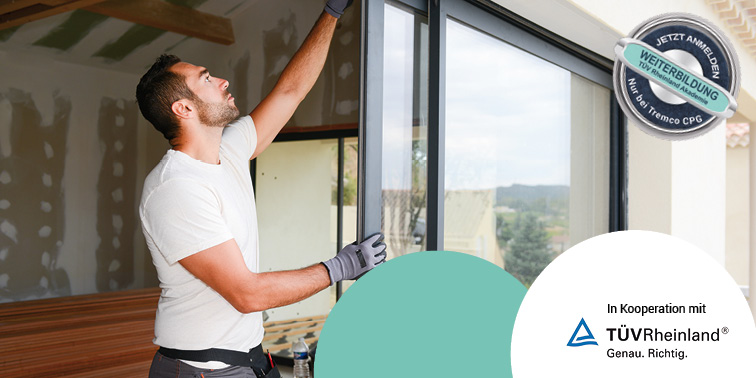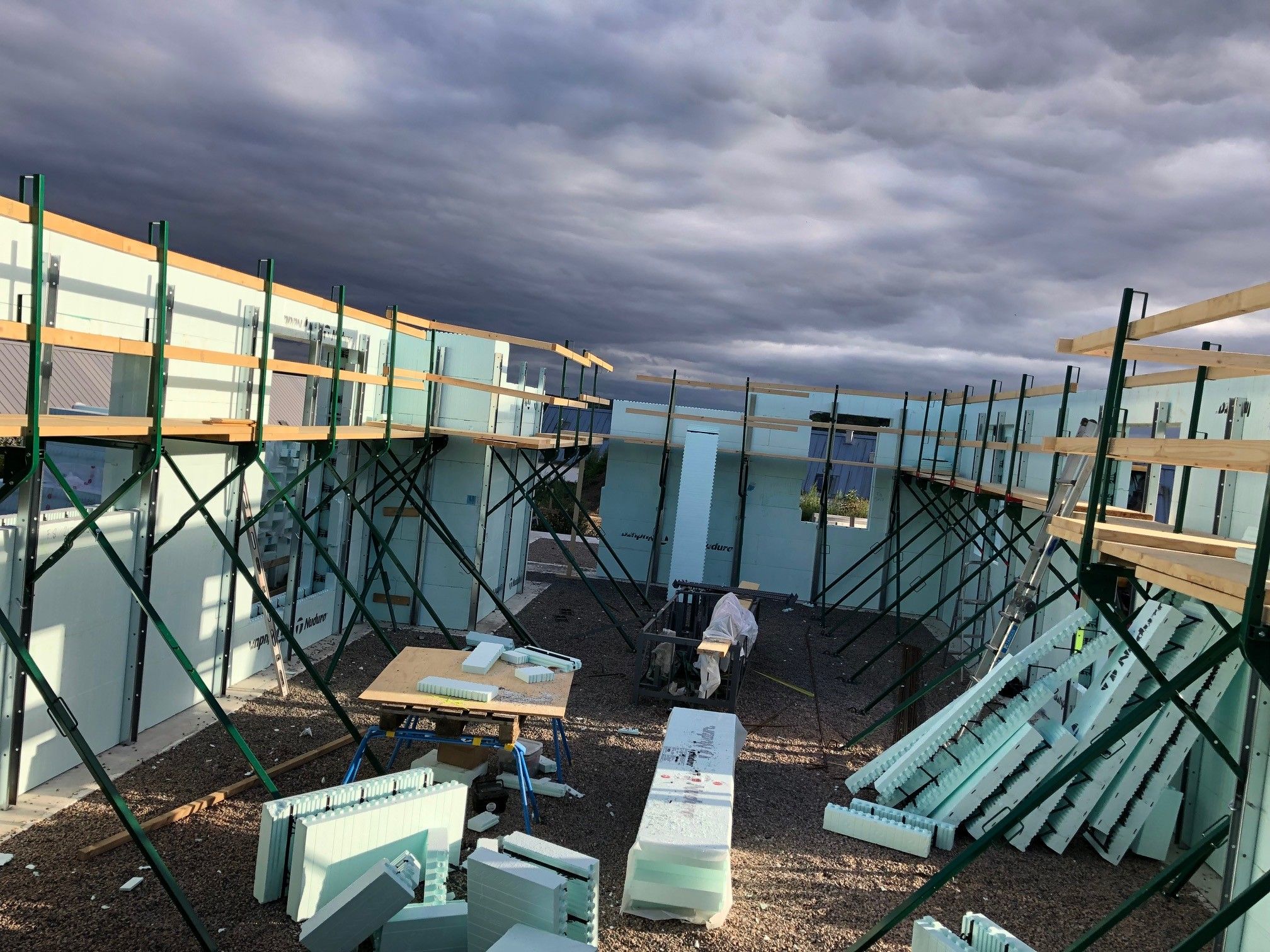Building challenges by 2030-2050
New challenges in the building industry by 2030-2050
Despite successive thermal regulations, the building sector still represents France today:
- The 1st energy consumer (44%),
- The 1st consumer of materials (50%),
- The 1st producer of waste (80%)
- The 1st carbon-emitting activity, with nearly 30% of CO2 emissions, more than the transport sector!
It is therefore still necessary to move towards eco-design, to "build better"; the AGEC Act and the REP Building will contribute to this.
In new
With a demand of 400,000 new homes per year, particularly due to the high demand in cities, it is a question of building more virtuously, by tending towards the concepts of passive houses or positive energy buildings (BEPOS), to limit energy consumption and carbon impact, as provided for in RE2020.
Indeed, today the construction phase of a new high-performance building represents between 60% and 90% of its total carbon impact. Within ten years, the regulation aims to reduce this impact by more than 30%. In addition, these new buildings will consume even less energy, which will also be carbon-free energy. However,the RE 2020 is only one of the axes of the National Low Carbon Strategy. Indeed, of the 46 MteqCO 2 annual that the building must save by 2030, the RE2020 should contribute (on the construction part) to the tune of only 7MteqCO2, or 15%. New construction is only one pillar of the challenge for the sector.
Under renovation
The renovation of the existing real estate portfolio will be crucial to achieve the environmental objectives set. At the same time, it is also a question of limiting the artificialization of soils, thus maintaining an ambitious requirement for massive and efficient renovation of the stock of existing buildings, in particular the 7 million "energy strainers" classified F and G (consuming more than 331 kWh/m²/year).
Source: MTI-Climate Plan – écologie.gouv.fr
This is the purpose of the government's energy renovation plan , set up for housing and tertiary buildings, in order to decarbonize existing buildings while reducing energy poverty.
The ultimate goal is to achieve carbon neutrality of the building sector by 2050 while pursuing a social objective of combating energy poverty.
All these issues are therefore also, above all, those of the PRESCRIPTION,for both designers and builders. Indeed, energy sobriety and the decarbonization of buildings constitute a revolution in construction, which poses new ambitious challenges for all players in the sector: Industrialists, developers, architects, companies are facing an unprecedented need to adapt their professions. The issues are numerous and complex, and the implementation deadline, by 2030-2050, extremely limited in time, if we want to give ourselves every chance of containing global warming!
To this challenge of energy and environmental excellence, CPG's technological innovations provide their share of solutions to:
- Ensure better thermal insulation of the building envelope
- Reduce/eliminate thermal bridges
- Improve airtightness
- Reduce carbon impact
Other complementary constraints, specific to the building sector, are also to be taken into consideration such as hygiene and air quality, acoustics, durability and resistance of materials, but also ease of maintenance or fire protection... CPG's global offer through its 7 product brands is able to take them into account.
In addition, the construction sector will also have to renew and strengthen itsworkforce, to attract new profiles, increase skills and improve quality.
Today, it is yet another challenge for construction manufacturers such as CPG to offer solutions:
- rewarding,
- simpler but also
- more suitable to install,
- respectful of the health of users.
Modular and off-site construction is also a way to address this problem of shortage of skilled labor on construction sites. In this area too, CPG offers a range of systems.
The digital transformation of the sector will also contribute to this. CPG offers new digital services such as choice guides, configurators and other calculation tools, BIM object catalogues, digital or face-to-face training ... Thus, CPG's technical department and project managers provide tailor-made theoretical and practical training, in the workshop or on site.
Collaborating for efficiency
For the CPG teams, only close cooperation between all construction stakeholders can make this challenge possible.
A decompartmentalization of our businesses is the solution to enrich the projects with our respective experiences, and to determine together, from the design stage, the most effective solutions in compliance with professional rules and budgets.
CPG's specifiers, technical service and project managers are at your disposal to work with you on your future projects, from design to on-site implementation.
Related Articles
Get In Touch
Are you looking for expert advise on our range joint sealing, bonding & insulation, passive fire protection, performance flooring materials, waterproofing systems, or roofing solutions? Maybe you're thinking of taking the next step in your career. Either way, a CPG UK colleague will be happy to help. Use the links below to find out more…
I'm contacting you!









